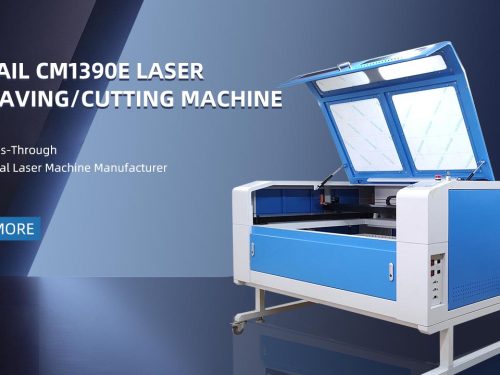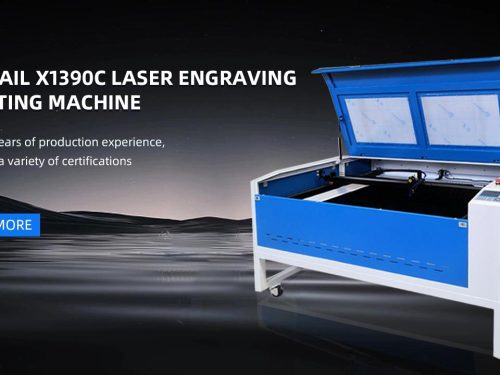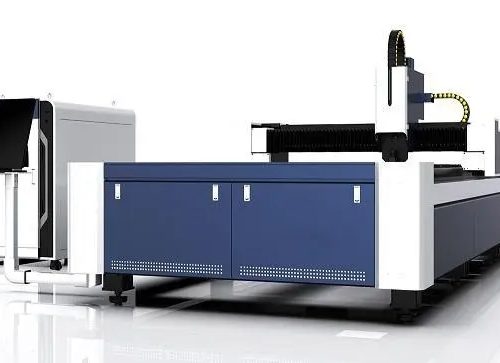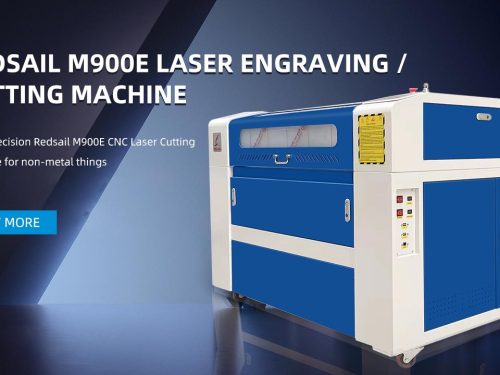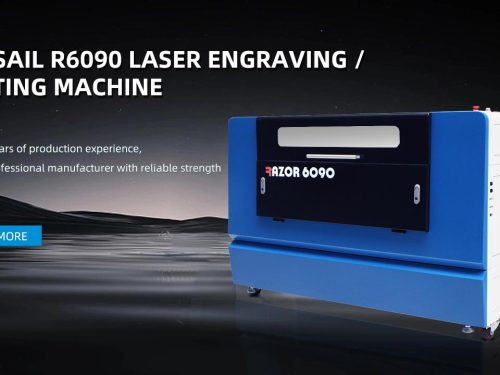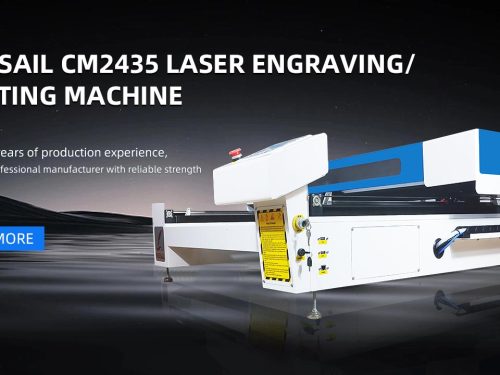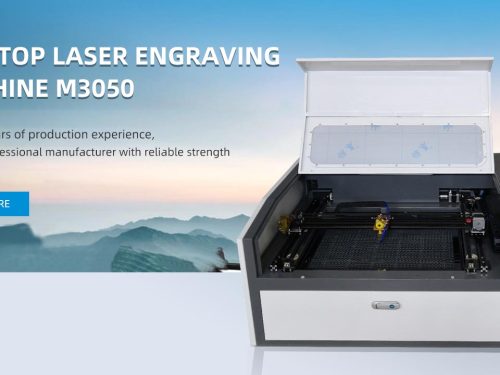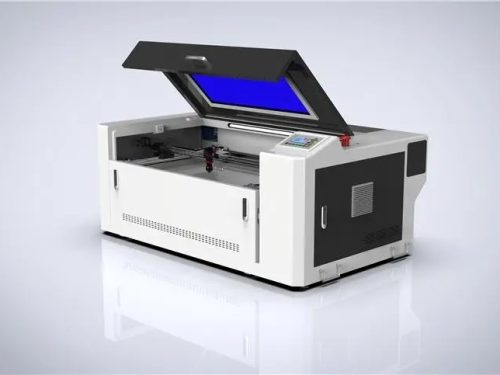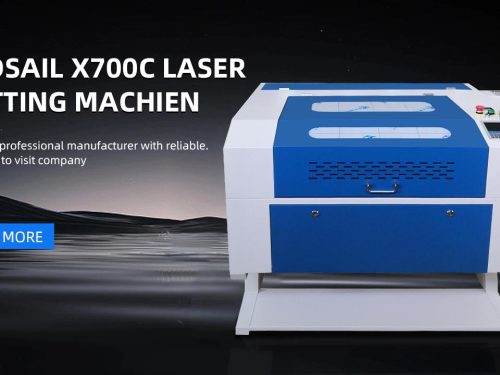
The four most fundamental factors that affect laser engraving are: engraving speed, laser power, engraving accuracy, and materials. In order to achieve a certain engraving effect on a specific material, it is required to absorb a certain amount of laser energy, which should be regarded as the laser energy absorbed by the material=laser power/engraving speed. Simply speaking, to increase the laser energy absorbed by materials, we should increase the laser power or reduce the carving speed. As for the final method, it depends on the materials and the final carving effect. Generally speaking, users will avoid high and low speed because it will reduce productivity. In fact, it is not only the carving speed that affects the carving efficiency, but also the carving accuracy. From our practical experience, we can see that the objects carved with 500dpi and 600dpi precision are very different from each other in terms of internal vision, but the time spent is about 20-30% different. Generally, the user will use 500dpi to complete most of the work. Only when cutting or high density energy is required, the user will use 600dpi or higher settings. Therefore, the final carving effect may be determined by the carving materials. New users generally do not know much about the characteristics of materials, nor do they have a deep understanding of the forms of sculpture of different materials, which is bound to cause certain losses to customers.
Here is an introduction to some commonly used carving materials and their expression methods for reference:
1、 Gray scale representation
Ordinary mechanical carving can not carve points of different thickness in an economical way, so it does not have the form of gray scale.
Laser engraving is to achieve engraving by means of dots, which has natural advantages in grayscale performance. For this reason, the grayscale representation can be used as far as possible in the carving design, which has the advantage of reducing the coloring process and saving costs on the one hand; On the other hand, it enriches the reproduction means of carving and increases the level of graphics. When using, users should fill the graphics with different gray levels (text should be converted into graphics first), and choose black and white mode for engraving output. You can try the effect of different dots, and the accuracy is generally not more than 500dpi.
2、 Engraving materials
1. Wood
A. Log (unprocessed wood)
Wood is by far the most commonly used laser processing material, which is easy to carve and cut. Light colored wood such as birch, cherry or maple can be well gasified by laser, so it is more suitable for carving. Every kind of wood has its own characteristics. Some wood is denser, such as hardwood, which requires more laser power when carving or cutting. We suggest that before carving unfamiliar wood, we should first study its carving characteristics.
B. Plywood
Sometimes customers may ask you to carve on plywood. In fact, this is not very different from carving on wood, but it is a little important to note that the carving depth should not be too deep. The reverse edge of the cut plywood will also be blackened like the wood. The key is that the plywood is made of wood.
C. Wood cutting
The depth of wood cutting by laser engraving machine is generally not deep, within 5mm, because the laser power is small. If the cutting speed is slowed down, the wood will burn. For specific operation, try to use large-sized lenses and use the method of repeated cutting.
E. Coloring
After carving, the wood will generally have a feeling of being burned. It has an original artistic beauty when matched with the wood background color. The depth of its color mainly depends on the laser power and the carving speed. However, some wood is usually soft, and you can’t change its color (such as birch) no matter what. Sometimes customers may ask you to color the finished product with acrylic paint
2. Density veneer
A. Ordinary density veneer
This type of density board is the kind of wooden pallet that we often use to make sign lining board. The material is high-density board, and the surface is pasted with thin wood grain. The laser can be used to carve on this sharp material factory, but the carved patterns are uneven in color and blackened, and generally need to be colored. Generally, you can learn proper design and use 0.5mm double color plate for inlay to obtain better effect
B. Special density veneer for laser
Some density boards are specially designed for laser cutting machine engraving. The carved patterns are uniform in color and have good effect without coloring.
C. Cleaning
After carving, use a damp cloth to clean the surface of the density board.
D. Colouring
Acrylic pigment or alkyd paint can be used. When carving, the color of the figure can be set to 60% gray scale to make the bottom of the carving have some pits, so as to improve the color adhesion.
3. Acrylic
A. Acrylic
Acrylic is the most commonly used carving material, second only to wood. It is easy to cut and carve. It has a variety of shapes and sizes, and its cost is relatively low. There are two production processes of plexiglass: casting and calendering. Laser engraving is mainly used to produce plexiglass by casting, because the frost effect produced by laser engraving is very white, which is in sharp contrast to the original transparent texture
The plexiglass produced by this method is still transparent after laser engraving, without a sufficient contrast effect. You should emphasize the high-purity type to the dealer when you buy some noodles, otherwise the materials you buy back may melt when they are carved or cut.
B. Carving
Generally, the plexiglass is carved on the back, that is, from the front to the back, which makes the finished product more three-dimensional. When back carving, please mirror the figure first, and the carving speed should be fast and the power should be low. If the power is too high during carving, uneven stripes will appear on the bottom. If you want to carve deeper, you can try to carve more. In the case of back carving, the local coloring should be carved deeper first, and then polished with a flame polishing machine before filling. If not polished, the color seen from the front will not be uniform.
C. Cutting
Organic glass is relatively easy to cut. If the customer’s requirements are not high, it can be delivered after cutting without flame polishing. Otherwise, air blowing device shall be used during cutting to improve the cutting quality. When cutting plexiglass exceeding 8mm, replace the large-sized lens.
Note: The operator shall not leave when cutting plexiglass, because there may be flame during cutting.

